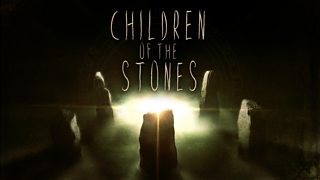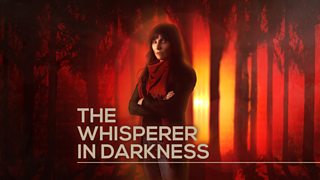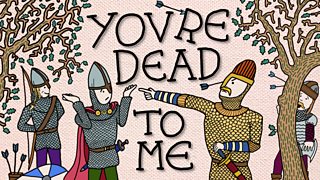Eight extraordinary facts about stone circles
Ancient structures built thousands of years ago, stone circles (aka megaliths) are a fascinating historical phenomenon. To celebrate the launch of Children of the Stones, the frightening new drama podcast from Radio 4, we’ve caught up with megalith expert Andy Burnham, editor of The Old Stones, which won Current Archaeology Book of the Year 2019.
Here are his eight most fascinating facts about stone circles...

1. Some are (reputedly) cursed
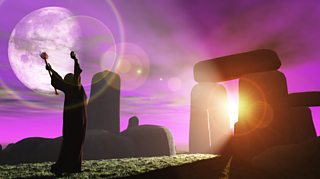
Visitors have reportedly experienced feelings of flying through the air or electric shocks when making contact with ancient stones.
One reason many of these ancient sites have survived could be the tales of curses that would befall anyone who dared tamper with them. In 2000 the Clava Cairns, a group of circular monuments near Inverness, hit the headlines when a Belgian tourist . With it was a letter saying that since taking the stone, his daughter had broken her leg, he had lost his job, his wife had become very ill and he had broken his arm…
2. Visitors have reported bizarre, unexplained happenings
According to accounts on , some visitors have reported intense feelings of great dread when entering a stone circle, or a strange microclimate of heat or cold between the stones. Others have reportedly experienced feelings of flying through the air or electric shocks when making contact with ancient stones. Strange happenings aren't just confined to humans – some have reported otherwise healthy camera batteries giving out in proximity to some sites, or watches mysteriously losing time.
3. They have devilish connections
Many megalithic sites have been connected in folklore with the Devil, among them the Devil’s Quoits near Oxford; the Devil’s Bed and Bolster, near Frome in Somerset; the Devil’s Den near Avebury; and the Devil’s Arrows in Yorkshire. Other stone circles are named Nine Stones, Nine Ladies and Nine Maidens, although they rarely have that number of stones. Nine is known as the Devil’s number…
4. Legend says they’re difficult to count
Many stone circles and other megalithic sites have stones which are said to be uncountable. Little Kit's Coty, a group of megaliths in Kent, are known as "The Countless Stones", as it is said that whenever you count the stones you come up with a different number each time. The tale has also been attached to the Rollright Stones in Oxfordshire, Long Meg and Her Daughters in Cumbria and Stonehenge itself. Spooky.

5. The circles can make eerie noises
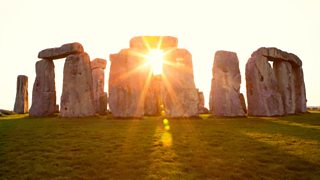
Stone circles are not only visually striking – you can also hear them. At the Ring of Brodgar on the Orkney Islands, if you clap your hands or beat a drum close to the centre of the circle you can hear a distinct echo coming back to you from each stone in turn, creating a strange surround sound effect. Also in Orkney, the large flat stones of Stenness (originally 12, now just three) would have created an intense echo, even amplifying the crackles of a fire according to sound researcher and archaeologist Aaron Watson.
6. They were used as astronomical calculators
Stonehenge's connection to the summer and winter solstices is well known – but researchers now believe that the earliest standing stone monuments were constructed specifically in line with the movements of the Sun and Moon, 5,000 years ago. Centuries before Stonehenge was built, smaller circles were created on the Scottish islands of Lewis and Orkney. The position of the stones within these circles appear to have been chosen so that they lined up with astronomical events, such as the place where the Sun rises on the shortest day of the year and even some events that only happen once every 19 years!
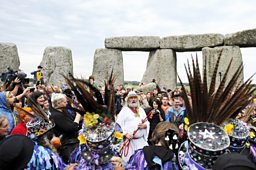
7. Many are situated on ley lines
The Devil’s Bed and Bolster is one of many megalithic sites on the vast St Michael ley line, which believers are convinced cuts through the country from Cornwall to East Anglia. This apparent energy line takes in sacred sites from St Michael’s Mount and the Hurlers stone circles in Cornwall, to Avebury and Glastonbury Tor. Some think the Neolithic and Bronze Age people who created these sites could sense the earth energies in ways we have lost. Whatever the truth, they certainly had their reasons to build their sites in very specific and not always obvious locations.
8. They have served as a rich source for fiction
Standing stones are a perennial favourite in literature, films and TV. Terry Pratchett's Wyrd Sisters has a single 'uncountable' stone, that hides because of extreme shyness! In the Outlander series, a stone circle acts as a portal between the 20th and 18th centuries. Megalithic sites have featured in several episodes of Doctor Who: 1978’s The Stones of Blood was filmed at the Rollrights, although here it transpires the stones are alien life forms stuck on Earth. And last but not least, Radio 4 drama Children of the Stones is set in a village within a stone circle, home to many strange happenings...
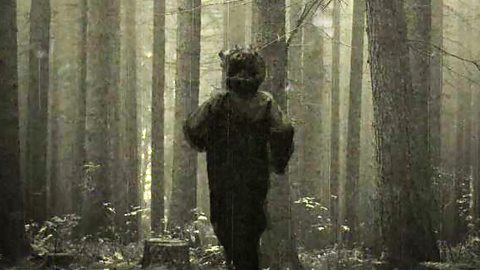
"Do you feel the shiver?"
Welcome to Children of the Stones, the terrifying podcast from Radio 4.
More from Radio 4
-
![]()
Children of the Stones
Listen to the chilling drama podcast box set on 大象传媒 Sounds.
-
![]()
The Whisperer in Darkness
An investigation into witchcraft, the occult and secret government operations. From H.P. Lovecraft.
-
![]()
You're Dead To Me: Stonehenge
Dig into the history and mystery of Stonehenge. Greg is joined by comedian Richard Herring and archaeologist Susan Greaney.
-
![]()
Eight unsolved British mysteries
Troubling sightings that still perplex us.
